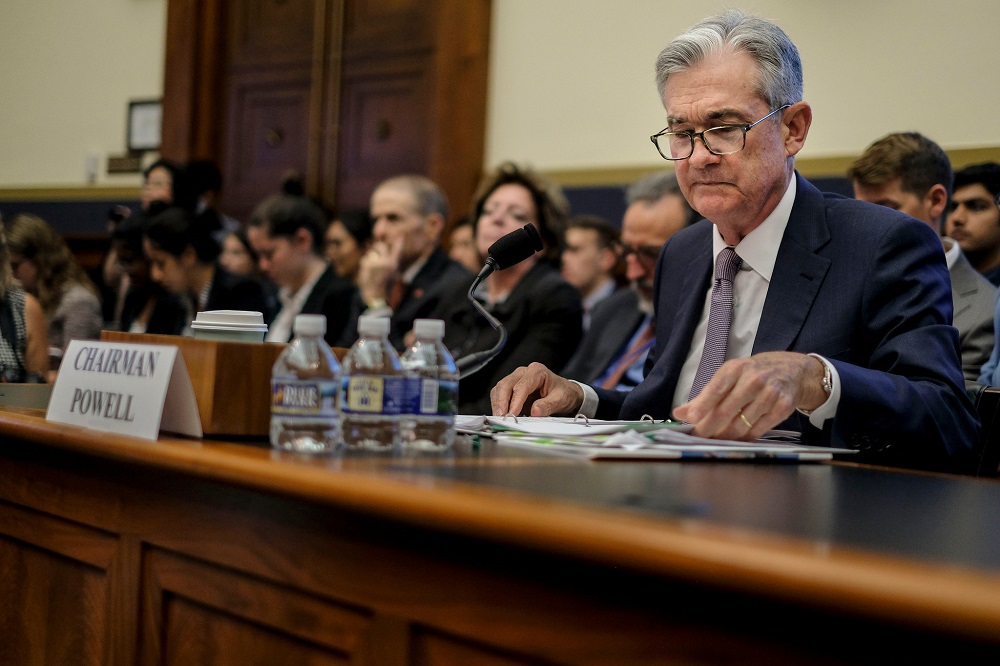Will U.S inflation revert to pre-Covid trends so quickly?
U.S inflation will come down again; it is how much it comes down, that is the key.

Due to inflationary pressure, FED could lift rates twice next year.
FOMC members’ collective reasoning suggests that PCE inflation will be close to 2%, at 2.2% as soon as next year, and Fed forecasters seem to think the same. If that’s correct, inflation will have proved transitory– even if a little less transitory than first thought– and the Fed will be able to take its time when it comes to rates hike. But Mr. Steve Barrow, Head of Standard Bank G10 Strategy, thinks this view is wrong.
The minutes of the last FOMC meeting revealed that Fed economists suggest that PCE inflation will be back below 2% next year from its current level of 4.3%. That sounds a big fall until you consider that PCE inflation started the year in January at just 1.4%. If inflation rose all this way, largely on the back of supply constraints, why can’t it fall back to this sort of level as supply constraints ease? What’s more, there’s numerous studies out there that show Fed forecasters are more accurate than the private sector in forecasting inflation; not that the private sector is far different. The Blue Chip survey of forecasts predicts a 2.2% rate for PCE inflation next year.
Mr. Steve Barrow has a couple of issues with the forecasts. One simply notes the way in which monthly PCE inflation will have to fall to push annual inflation below 2% by the end of next year. Given that the last six months have seen PCE prices rise an average 0.5% per month, that seems a tall order. In essence, what forecasters at the Fed are saying is that PCE price inflation will fairly quickly revert to the sort of trends we saw before Covid happened. Through 2019, for instance, PCE prices rose an average of 0.1% per month; it was 0.2% through 2018 and the same in 2017. But can we expect inflation to revert to pre-Covid trends so quickly?
The main argument seems to be that an unwinding of supply strains will not just allow PCE inflation to revert to its pre-Covid levels but there will probably be some months along the way when price pressure falls quite a bit below the average as easing supply strains cause inflation to overshoot on the downside, just as it has overshot on the upside as these supply chains tightened. That may happen but we would not like to bet on it. For a start, there’s long been the claim that prices are sticky, meaning that they can rise quite easily but seem reticent to fall in the same way.
To be fair, this might have been an explanation more suited to the high inflation years of the 1970s and 80s than now, but we’d hazard a guess that there could be some stickiness now. How might this occur? One route is through wages; for if firms are having to offer higher wages to tempt workers back after Covid, those same workers are not going to accept pay cuts once supply strains ease.
Another point is that trying to navigate supply chain problems may require production and distribution shifts that increase cost and so make higher consumer prices more durable. Reshoring is just one such example. Of course, it is possible that these changes could lower costs, but Mr. Steve Barrow suspects that if firms made use of these facilities before Covid-19, they did so because they were cheaper than producing at home or some other locality.
And, on a broader level, Mr. Steve Barrow has a concern as well which is that the back of inflation is generally not broken unless policy tightens or an adverse shock occurs. For instance, inflation was very high in 2007 but was poleaxed by the financial crisis. As things stand now, the Fed has not started tightening yet and if FOMC forecasts are correct, FED will only lift rates twice next year. If the US were facing mild inflationary pressure this might be enough; but that’s not what the US is facing at the moment.








